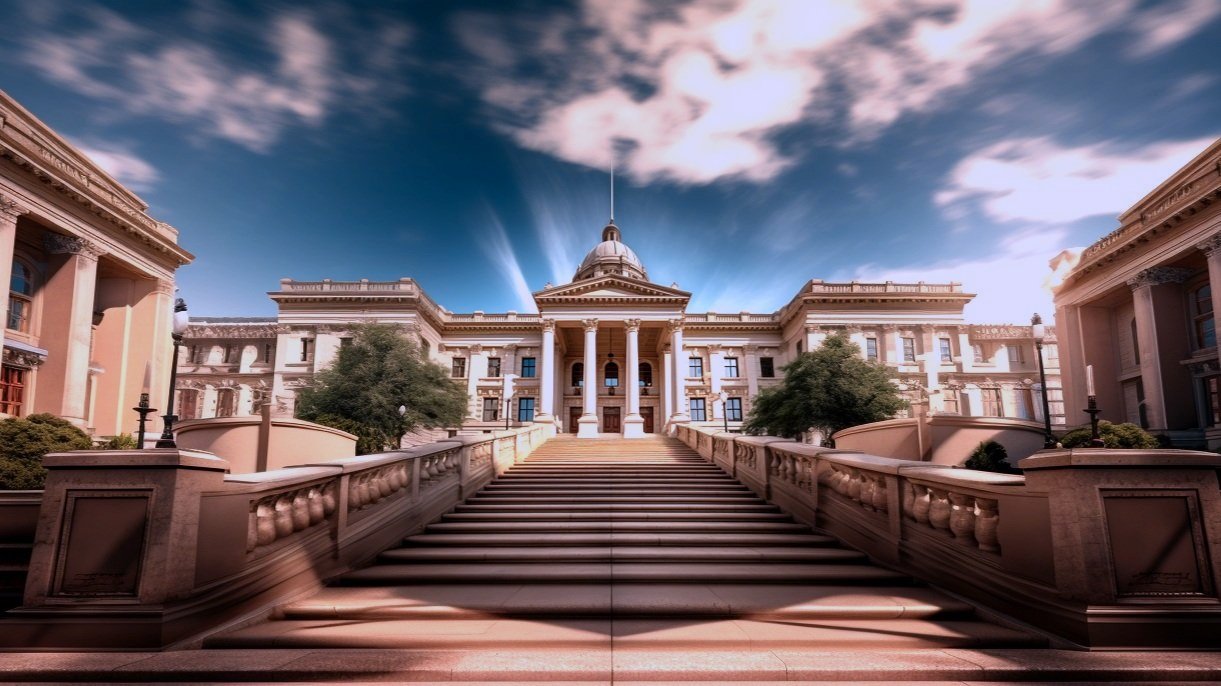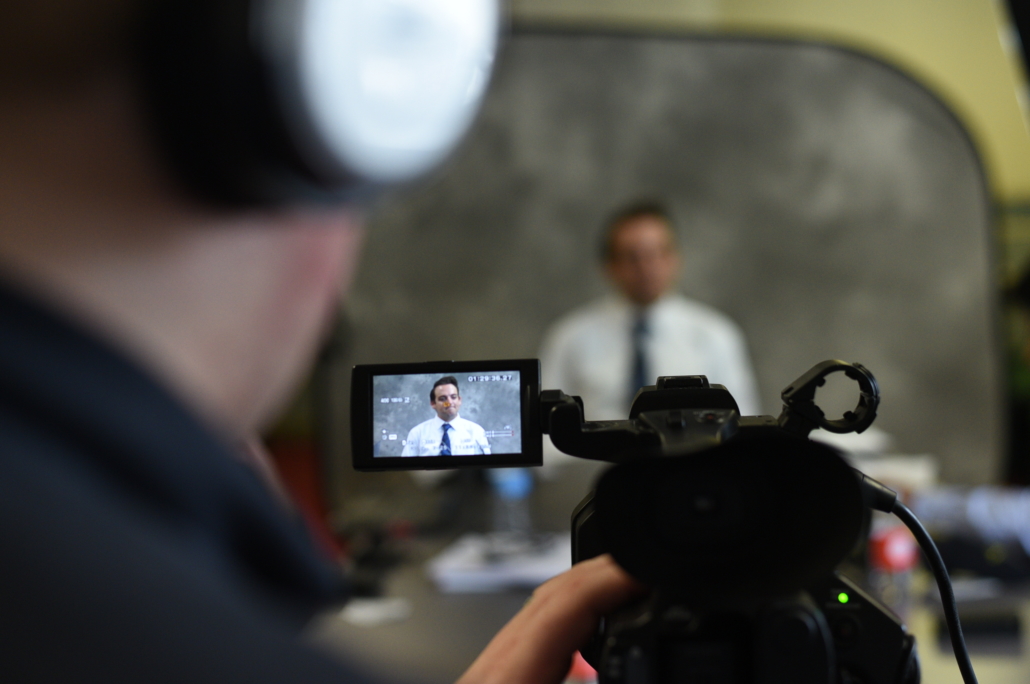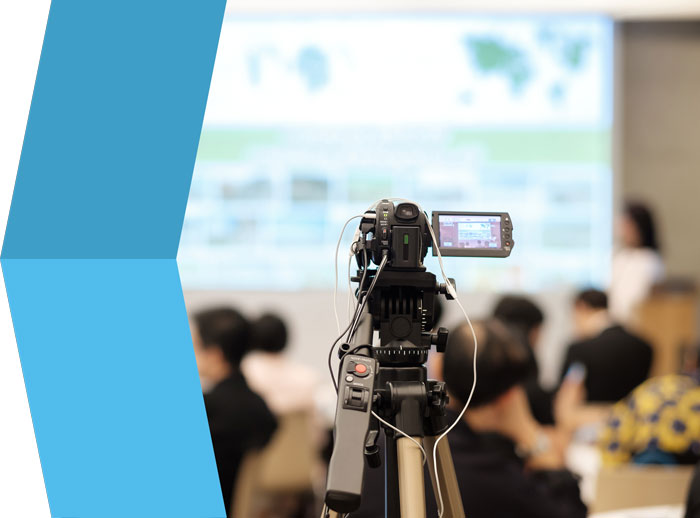How Legal Videography Can Make or Break Your Legal Approach
How Legal Videography Can Make or Break Your Legal Approach
Blog Article
Diving Into the Devices of Legal Videography: Unveiling Its Operation in Safeguarding Genuine Aesthetic Testament for Judicial Process
In the world of judicial process, the function of legal videography stands as a keystone in protecting and presenting visual evidence. As innovation remains to breakthrough, the devices behind lawful videography have become increasingly intricate, offering an essential layer of authenticity to testaments caught on video. By delving right into the operational intricacies of lawful videography, one can reveal the careful processes that protect the honesty of aesthetic evidence presented in courtrooms - Legal Videography. This exploration not only loses light on the historic development of legal videography but also hints at the future trends that might better change exactly how visual testaments are upheld in the realm of justice.
Historical Advancement of Legal Videography
Checking out the historical development of lawful videography exposes a considerable improvement in the capturing and presentation of visual evidence within the lawful landscape. In the past, legal process heavily depended on composed records and photographs to record events and offer proof. However, with the development of video clip modern technology, the legal market observed a paradigm shift in exactly how aesthetic testimony was captured and presented.
The evolution of legal videography can be traced back to the late 20th century when improvements in video recording devices made it more obtainable for usage in courtrooms. This technical development not only improved the precision and dependability of visual proof but likewise reinvented the means cases were provided to discretionary (Legal Videography). Attorneys started to recognize the convincing power of video recordings in communicating emotions, nuances, and non-verbal signs that created photos or transcripts alone could not record successfully

Innovation Improvements in Video Paperwork
What crucial technological developments have transformed video documentation in the lawful area? The legal field has actually seen substantial innovations in video clip paperwork innovation that have actually enhanced the credibility and integrity of visual evidence in judicial process. One of the essential innovations is high-definition (HD) video recording capabilities, which offer crystal-clear images and sharp information that are vital for precisely capturing testaments, face expressions, and various other aesthetic hints. Additionally, the assimilation of timestamping and metadata attributes in video documentation devices has made it possible for exact paperwork of when and where the video clip was taped, guaranteeing the integrity of the evidence presented in court.
Additionally, advancements in video security and watermarking technologies have actually bolstered the safety and tamper-proof nature of video clip proof, guarding it versus unapproved alterations or tampering. Additionally, the arrival of cloud storage options and remote access abilities has structured the storage space, retrieval, and sharing of video evidence, promoting smooth collaboration among lawyers and ensuring effective accessibility to critical visual statements when required. These technological advancements in video documentation have unquestionably reinvented the lawful area, improving the accuracy, integrity, and admissibility of aesthetic proof in judicial procedures.
Function of Legal Videographers in Courtroom Setups
The advancement of video clip paperwork innovation in the legal area has necessitated a crucial duty for legal videographers in courtroom setups, making sure the stability and reliability of visual testaments provided during judicial proceedings. Lawful videographers play a basic role in capturing and protecting accurate aesthetic evidence that can be crucial in litigation. Their obligation includes establishing equipment, videotaping procedures, and producing high-grade videos that accurately show the events in the court.
Additionally, legal videographers usually function carefully with legal groups to make certain that the video clip evidence aligns with the situation's demands and can be properly offered in court to sustain the legal arguments being made. In general, the function of legal videographers in courtroom settings is indispensable in upholding the concepts of justice and making sure the openness of lawful process. Legal Videography.

Ensuring Admissibility and Stability of Video Clip Evidence
To preserve the reputation of visual evidence provided in lawful proceedings, guaranteeing the admissibility and honesty of video clip evidence is a vital duty for lawful videographers. Admissibility describes the acceptance of evidence by the court, and for video evidence to be admissible, it should fulfill specific requirements. Lawful videographers play a crucial duty in guaranteeing that the videos they catch abide by the regulations of proof, such as relevance, authenticity, you could try this out and reliability.
Honesty of video clip proof includes maintaining the originality and accuracy of the video from the moment it is taped up until it exists in court. This consists of securely saving the video clip documents, recording the chain of guardianship, and avoiding any tampering or changes. Lawful videographers need to stick to stringent protocols to guarantee the integrity of the video clip proof and avoid any challenges to its credibility.
Future Trends in Legal Videography
Offered the boosting reliance on modern technology in lawful procedures, legal videographers are positioned to accept innovative advancements forming the future of aesthetic testimony capture and discussion. Among the popular fads on the perspective is the combination of virtual reality (VR) and boosted truth (AR) modern technologies into lawful videography. These innovations have the potential to change exactly how aesthetic evidence exists in court rooms, enabling courts and judges to submerse themselves in the scene of the criminal offense or incident.
In addition, making use of artificial knowledge (AI) algorithms for video clip analysis is expected to streamline the procedure of reviewing and examining large quantities of video footage. AI can help in identifying crucial moments, abnormalities, and patterns within video clips, boosting the efficiency of lawful examinations.

Verdict
In final thought, lawful videography has played a crucial function in providing authentic aesthetic evidence for judicial procedures. Through technological innovations and the competence of lawful videographers, the integrity and admissibility of video clip evidence are guaranteed in court room settings. As lawful videography remains to advance, it will be necessary to support criteria that maintain the accuracy and dependability of aesthetic testimony for the future of legal process.
Examining the historical development of lawful videography reveals a considerable improvement in the capturing and presentation of visual proof within the lawful landscape.The evolution of video paperwork modern technology in the lawful field has required a critical role for legal videographers in courtroom settings, making sure the honesty and reliability of aesthetic statements provided throughout judicial process. Furthermore, legal videographers commonly function very closely with legal groups to make sure that the video evidence aligns with the situation's demands click this and can be successfully provided in court to sustain the lawful disagreements being made.To preserve the credibility of visual evidence presented in lawful process, making certain the admissibility and honesty of video clip proof is an essential responsibility for lawful videographers. As lawful videography proceeds to advance, it will certainly be vital to maintain criteria that maintain the accuracy and reliability of visual testimony for the future of lawful Click Here process.
Report this page